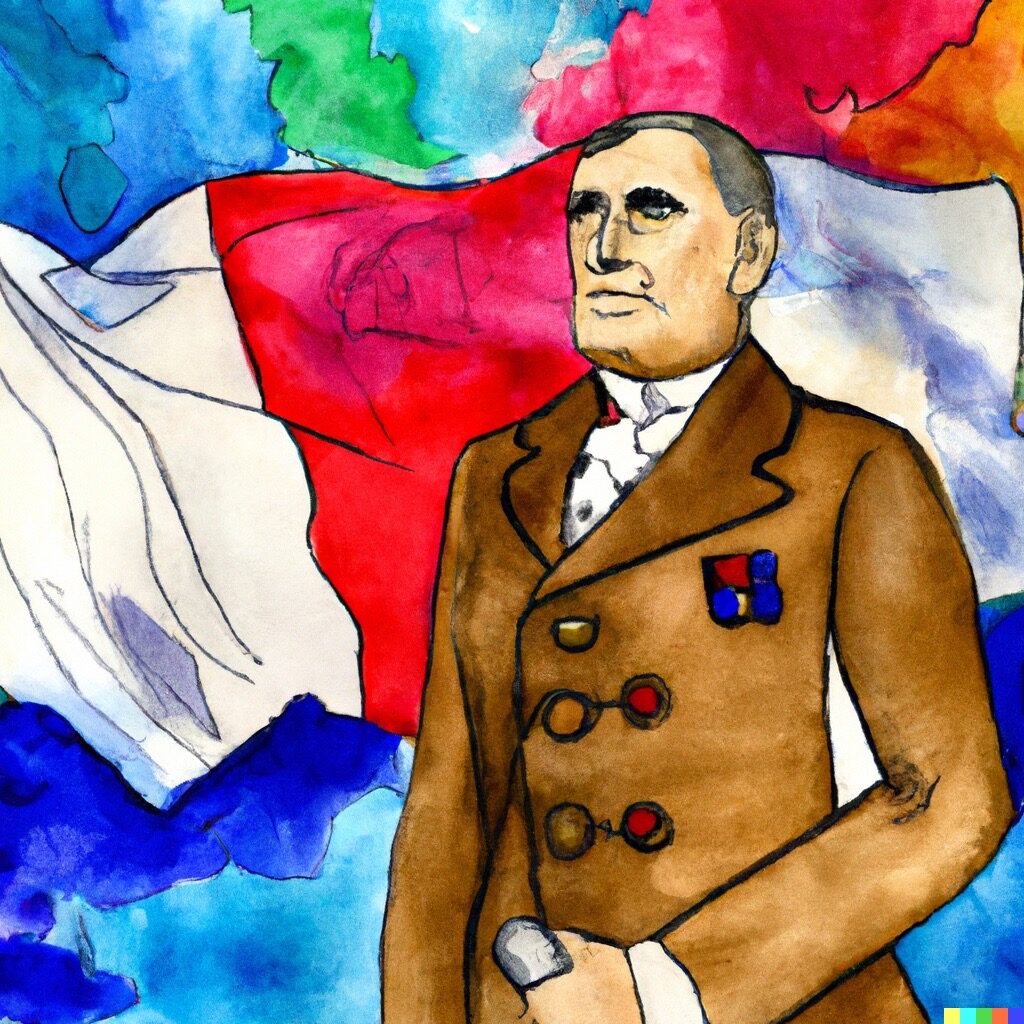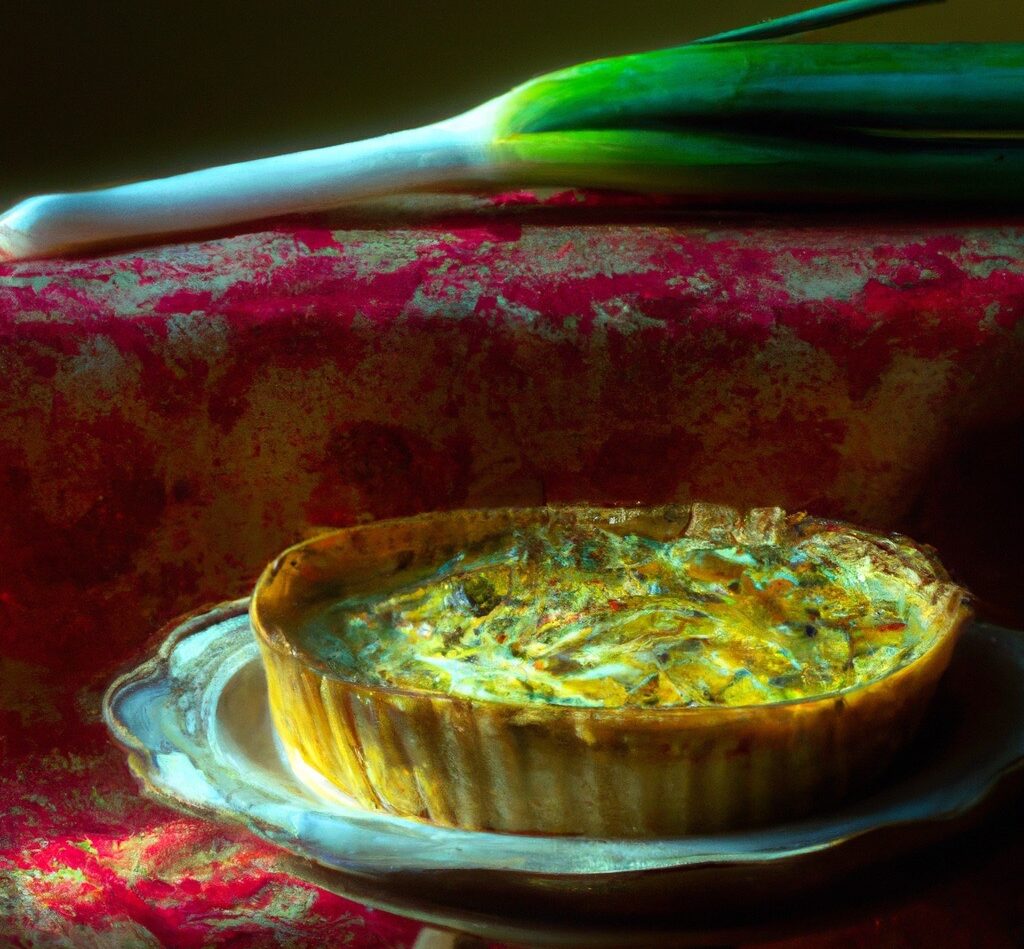If you’ve ever wondered how to make a Quiche aux Poireaux fit for dignitaries, read on to find out.
Literally, in 1960, there was a time that Quiche aux Poireaux got international headlines for interrupting a massive conference of world leaders.
This quiche is made with leeks, onions, and Gruyere cheese.
It is also a variation of Quiche Lorraine and is a traditional recipe from the region of France known as Brittany. More specifically, it heralds from Alsace in the northeast.
Equipment to have on hand:
- 9-inch pie dish
- Mixing bowl
- Whisk or fork
- Skillet or pan for sautéing the leeks
- Measuring cups and spoons
- Oven
- Spatula
- Knife and cutting board for slicing the leeks
- Optional: grater for grating the Gruyere cheese.
Ingredients:
- 1 unbaked pie crust
- 3 leeks, washed and sliced
- 3 eggs
- 1 cup heavy cream
- 1/2 cup milk
- 1/2 cup grated Gruyere cheese
- Salt and pepper to taste
Serving Size:
A 9-inch quiche will serve 6-8 people as a main dish, or 8-10 people as a side dish.

Instructions:
- Preheat oven to 375F (190C).
- In a skillet, sauté the leeks in butter until softened.
- In a mixing bowl, beat together the eggs, cream, milk, Gruyere, salt and pepper.
- Pour the leeks into the unbaked pie crust.
- Pour the egg mixture over the leeks.
- Bake for 35-40 minutes, or until the quiche is set and golden brown on top.
Plating Suggestions:
- Serve the quiche warm or at room temperature.
- Garnish with chopped chives or parsley for added color.
- Serve with a simple green salad for a light and refreshing side.
Note: You can add bacon, ham, or any other ingredients to your liking.
French President Charles de Gaulle in the 1960s was known to be such a picky eater and had a preference for very few simple, hearty dishes like Quiche aux Poireaux.

According to one story, during a state visit to Germany in the 1960s, de Gaulle was served a fancy and elaborate German dish, but he refused to eat it, asking instead for a slice of Quiche aux Poireaux.
He got that slice, and the international press made him pay for it.
Fortunately, many of his fellow French found it to be a positive act of national pride.
